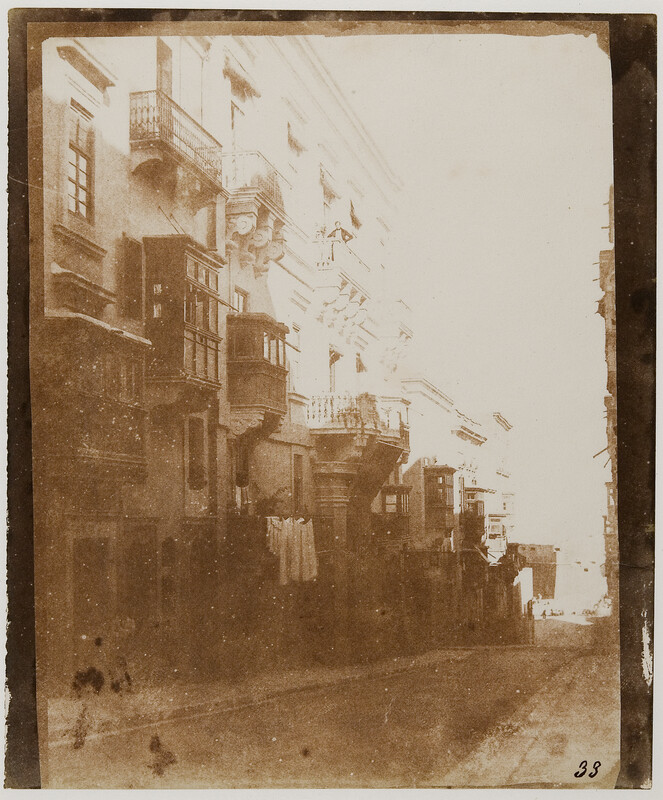The serpent that eats its own tail; an eternal cycle of renewal
My quilt postcard
Seeing this quilt for the first time in the 2014 British Folk Art exhibition, having been raised in Wrexham yet knowing nothing of it, was a revelation. I have been fascinated by it ever since.
This quilt is a keystone of its genre – a monolith! – with a legacy that’s both intriguing and troubling. James Williams toiled for ten years, probably in his small workshop, using his spare time, stitching alone. Cutting each tiny shape to the perfect size, seamlessly stitching his artistic vision. Evolving the design over years to reflect the micro- and macrocosm of his world.
Serpent detail
But what does it say? When we take a moment to consider – the military woollen cloth, the Colonial overtones, the cultural appropriation of the Willow Pattern pagoda, all bound up by a Protestant work ethic – the piece has unwanted weight. It suddenly doesn’t feel so snuggly.
But here it is, a stitched memoir so iconic and dynamic it is seemingly still spinning its own narrative nearly 170 years later, not to mention catching the eye of artists like Alexander McQueen. The conversation surrounding folk art pieces can be complex – how do we protect the integrity of the original maker? Who is inspiring who – and is this ‘ouroboros’ pattern a regenerative artistic process, or lazy copying? Whose story are we telling…?
Scribbling shape ideas
I have created a piece of music in response to all of this. The sound world is repetitive, wonky, vibrant, troubling, joyful, insistent – many of the quilt emotions! I was influenced by the driving rhythm of Gaelic waulking songs, and mindful of the transformative power of Amazonian weaving music. I was hypnotised by the patchwork patterns, with the similarities to snakeskin and dazzle camouflage. I wanted to capture some of the epic qualities of the work, where stasis and flow seem to exist together; I imagined James Williams at work, caught in his own reverie for ten years. I juxtaposed this against myself at my desk, studying the colours and shapes that induced a kind of creative migraine, sampling different acoustic instruments, and copying textile ideas into sequencer patterns.
The piece is shaped and imprinted as an ouroboros. We begin and end with frenzied stitch-making motifs, contrasting with the central section which reflects the main image of the quilt – the strange and hazy world of James Williams’s inner imagination. It is a bewitching and unsettling ‘foreign’ utopia; a dream-world. It seems that here we really see the maker in his personal trance; hypnotised, as are we, by the quilt.
@madameceski


